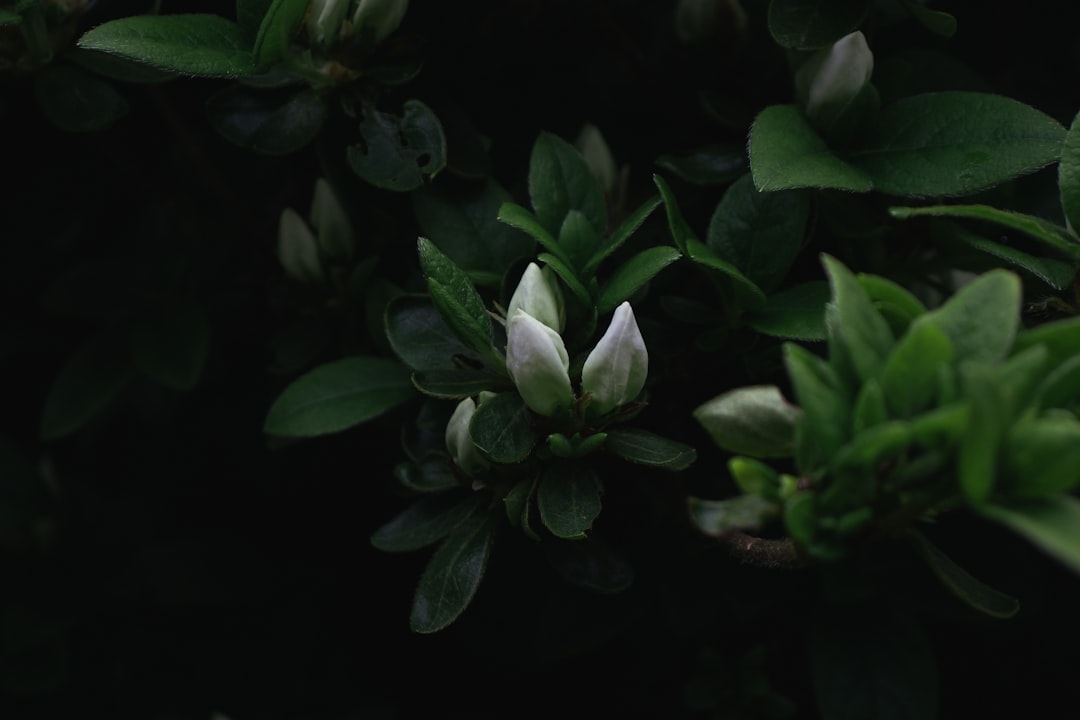The Enchanting Crape Myrtle: A Southern Gem

Crape myrtle, often referred to as the “Lilac of the South”, is a remarkable deciduous shrub or tree that graces gardens with its stunning presence. Its allure lies not only in its beautiful appearance but also in its adaptability and resilience.
One of the most captivating features of the crape myrtle is its magnificent blooms. These come in a variety of colors, including white, rose, and magenta. The flowers are delicate and showy, creating a spectacle that can transform any garden into a haven of beauty. When in full bloom, the branches are covered with clusters of these blossoms, attracting pollinators such as bees and butterflies. This not only adds to the aesthetic appeal but also plays an important role in the ecosystem.
In terms of its growth habit, the crape myrtle can be trained to grow as a shrub or a small tree. As a shrub, it can be used to create hedges or borders, adding structure and definition to the garden. When grown as a tree, it can serve as a focal point, providing shade and a sense of grandeur. Its size can vary depending on the variety, with some reaching heights of up to 30 feet or more, while others remain more compact, making them suitable for smaller gardens.
Another advantage of the crape myrtle is its adaptability to different soil types and climates. It can tolerate a wide range of soil conditions, from sandy to clayey, as long as the soil is well - drained. This makes it a versatile choice for gardeners in various regions. It is also relatively drought - tolerant once established, which is a valuable trait in areas with limited water resources. In addition, it can withstand hot summers, making it an ideal choice for southern gardens.
When it comes to maintenance, the crape myrtle is relatively easy to care for. Pruning is an important aspect of its care, as it helps to shape the plant and promote healthy growth. Pruning should be done in late winter or early spring before new growth begins. This can help to remove any dead or damaged branches and encourage the development of new shoots. Fertilizing the crape myrtle in the spring can also help to ensure its vitality and promote abundant blooming.
There are many different varieties of crape myrtle available, each with its own unique characteristics. Some varieties are known for their long - blooming periods, while others are prized for their disease resistance. For example, the Natchez crape myrtle is a popular variety that produces large clusters of white flowers and has excellent disease resistance. The Tuscarora crape myrtle, on the other hand, is known for its vibrant coral - pink blooms and its ability to grow in a variety of soil types.
When planting a crape myrtle, it is important to choose a location that receives full sun. This will ensure that the plant receives enough light to produce abundant blooms. The hole for planting should be twice as wide as the root ball and just as deep. After planting, it is important to water the plant thoroughly and mulch around the base to help retain moisture and suppress weeds.
In conclusion, the crape myrtle is a wonderful addition to any garden. Its beautiful blooms, adaptability, and ease of care make it a favorite among gardeners. Whether you are looking to create a colorful border, a focal point in your garden, or simply add some beauty to your outdoor space, the crape myrtle is an excellent choice. With proper care and maintenance, it can provide years of enjoyment and enhance the beauty of your garden for generations to come.